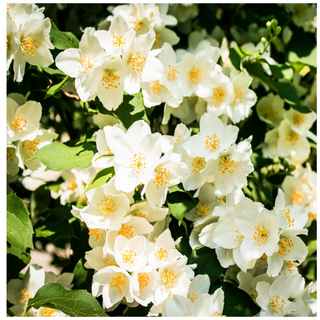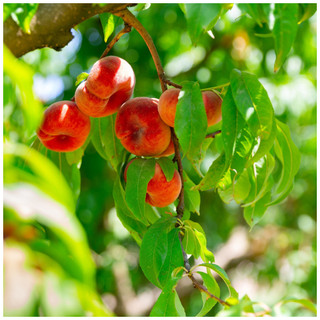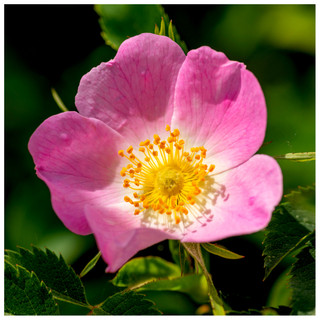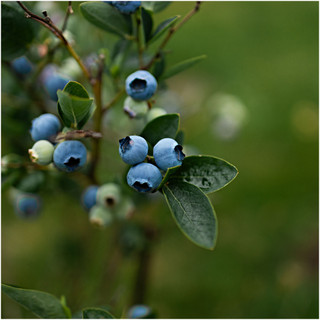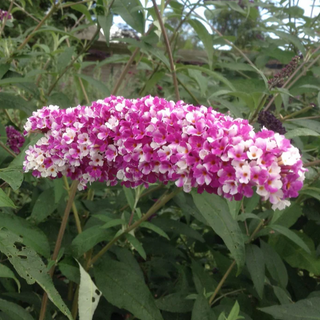1 Sea Buckthorn 2-3ft Edible Coastal Hedging, Hippophae Rhamnoides 40-60cm
Product Description
1 Sea Buckthorn / Hippophae Rhamnoides Plants
These are BARE ROOTED plants which can be planted from the end of October until April and will be dispatched as soon as the weather turns cold and they become dormant.The dispatch date depends on the Autumn temperature and varies from year to year.
The common sea-buckthorn (Hippophae rhamnoides) is by far the most widespread buckthorn, with a range extending from the Atlantic coasts of Europe right across to northwestern China.
In western Europe, it is largely confined to sea coasts where salt spray off the sea prevents other larger plants from out-competing it, but in central Asia it is more widespread in dry semi-desert sites where other plants cannot survive the dry conditions; in central Europe and Asia it also occurs as a subalpine shrub above tree line in mountains, and other sunny areas such as river banks.
Common sea-buckthorn has branches that are dense and stiff, and very thorny. The leaves are a distinct pale silvery-green, lanceolate, 3–8 cm long and less than 7 mm broad. It is dioecious, with separate male and female plants. The male produces brownish flowers which produce wind-distributed pollen.
Berries and leaves
The female plants produce orange berries 6–9 mm in diameter, soft, juicy and rich in oils. The berries are an important winter food resource for some birds, notably fieldfares.
Sea-buckthorn berries are multipurposed, edible and nutritious, though very acidic and astringent, unpleasant to eat raw, unless 'bletted' (frosted to reduce the astringency) and/or mixed as a juice with sweeter substances such as apple or grape juice. They can also be used to make pies or jams, lotions and liquors.
For the bare root planting instructions, please click here.







